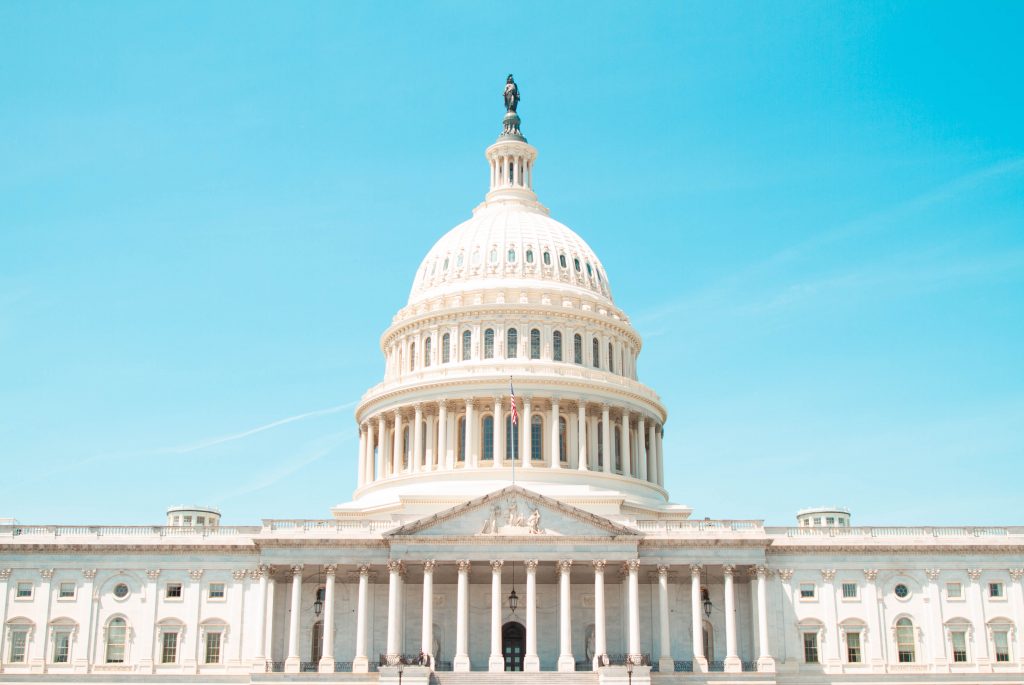Systemic Change is Hard. Can Local Collaborations Make it Happen?
Think about trying to make changes in your community. Maybe you’re looking to improve the environmental regulations on cars in your state. Maybe you’re working to improve the lives of those living in the poorest or most polluted areas of town. In these situations, one group alone is not going to be able to affect change. Instead, collaborations will be the key to solving community problems. It’s not uncommon to have a mixture of local government offices, non-profit organizations, and other entities working together to solve issues bigger than any single one of them can tackle.

But collaborations sometimes only solve surface-level problems. They do not manage to fix systemic, underlying problems, leaving them to resurface again. The authors of the Collaborating for Equity and Justice Toolkit point out that changes in cultural norms, laws, policies, regulations, and practices, are needed to to make collaborations sustainable for large groups of people and communities.
How can we do this? Is it possible to not only make change, but also ensure that your collaborations are well-organized and live the values they proclaim? In other words, how can collaborations promote their values not only through accomplishing tasks, but also through long-term policy, systems, and structural change?
Let’s talk about some ideas that help a collaboration create a focus on policy, systems, and structural change in three practical ways.

1. Take More Voices Into Perspective
Rome wasn’t built in a day, and it wasn’t built by one mind either. You will want to blend not just resources, but perspectives. Authors Murphy and Arenas write that “the closer the collaborations fit with the missions, values, and strategies of each partner, the more likely the relationship will be to create value.” What are two ways you can do this?

- Create a Common Vision. Tom Wolff and Associates notes that a vision needs to be created by members of the group together to allow the collaboration as a whole to claim ownership of the idea. Author Erik W. Johnson notes that consensus is needed “to implement a program before progressing from the planning stage.”
- Pay attention to trends and and other organizations. Authors Srik Gopal and John Kania discuss that this might be done by inviting external stakeholders (including beneficiaries) in to share their views.Note what other organizations are working on in the area and to what extent they are working together.
2. Lobby, Lobby, Lobby. And yes, you are allowed to lobby.
People may think that with many needs pressing, collaborations cannot or should not use resources to lobby at the local, state, and/or federal level. Furthermore, many people have the misperception that it may be illegal for nonprofits specifically to lobby. But according to the Center for Nonprofits, nonprofits can engage in lobbying, and they really should!

The American Bar Association says if organizations don’t lobby, they miss an opportunity to advance policies that will improve the lives of their constituents. Their argument is a simple and compelling one. If you are not bringing the voice of your community to the legislature as a priority, who will?
So what exactly is lobbying? It’s technical, and the IRS website has a long explanation about it. But in effect, if you advocate for a specific piece of legislation, you’re probably lobbying. This includes taking out ads in favor of specific bills in the paper, or advocating directly to your congressperson about an issue. Let’s go over the different ways you can lobby.
- Direct lobbying that expresses a view about specific legislation.
- Grassroots lobbying is defined as any communication, with the general public, that expresses a view about specific legislation, and includes a call to action.
- Advocacy, which is like lobbying but does not technically count as lobbying. We’ll explore more about this later.
Particularly if your coalition includes one or more nonprofits, use the IRS Expenditure Test to make sure they are engaging in legal lobbying activity. If nonprofits choose to lobby, they will also have to account for federal and/or state registration and reporting requirements (Center for Nonprofits).
3. Advocate for yourself
Lobbying is only one option to create systemic change by organizations in collaborations. Advocacy is another. It’s important to realize that “having a conversation with a legislator is not automatically lobbying,”and collaborations can communicate with legislatures or praise a bill in an ad without a call to action.
So what types of advocacy exist out there?

For the purposes of this article, let’s highlight several great ways that the National Council of Nonprofits recommends to make advocacy a priority:
- Dedicate one staff person or volunteer to work on public policy issues and building relations with government.
- Discuss how current laws, regulations, and external policies and practices that affect the work of your organization might be changed to help advance your mission and services.
- And about a million other ways!
Remember that advocacy isn’t lobbying. Your job is to bring about new structures to solve problems, and that’s going to take a lot of people believing in your cause. You need to convince them, and that’s where you’ll need to work on the methods for doing so. Fight for what you believe in, and use every tool in the book.
Changing Structure Isn’t Easy
If you’ve chosen to try and create a collaboration to help change the very structures of society, well, I have bad news.
It’s not going to be easy.
It’s not going to be cheap.
It’s not going to be fast.
But there’s good reason that you’ve chosen this path. You want to change lives not just today, but in the future too. To do this, you’ll need a team that is all on the same page, and knows what tools it can work with.
Your job now is to take these tools, and begin to build the structure that will enable your organization to succeed. Remember to build your organization in a way that it can have diverse voices, lobby government, and advocate for systemic change. Then you’ll have built yourself a fighting chance to make a difference.

References
In addition to the articles linked in this blog, I also used two academic sources that can only be found in JSTOR. They include:
- Managing the Inclusion Process in Collaborative Governance by
Erik W. Johnston, Darrin Hicks, Ning Nan and Jennifer C. Auer. - Through Indigenous Lenses: Cross-Sector Collaborations with Fringe Stakeholders by Matthew Murphy and Daniel Arenas.